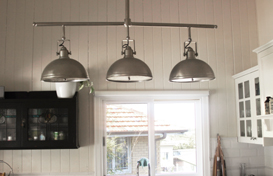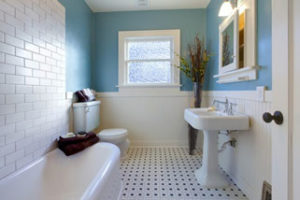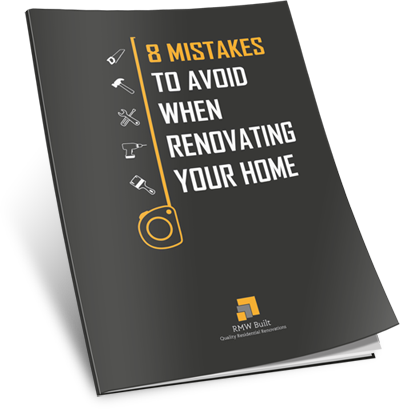RESTORATIONS
So you have an old character home and you want to restore all or some of it to it’s former beauty? That’s so exciting!
Here’s several things to consider.
Is Your Property or Street Classified as Heritage?
Before we can commence any type of work on your property, it’s important to determine if your home has been registered on the Queensland Heritage Register or the Brisbane Council Heritage Register.
If your home is on either register, then there are certain guidelines we must comply with to maintain the character and style of the property, and building work will need approvals, authorizations, permits and consents. Your home might also be eligible for free expert consultation and financial assistance through the Heritages Incentives Scheme.
If your street or area is in a Demolition Control Precinct(DCP) – there may be regulations on what we can and can’t do to your property, even for things like roof repairs, fences, etc and planning approvals must be obtained. We will work with you to ensure all restoration/renovation work complies.
Types of Character Homes
Whilst it’s easy to change the styling of your home, many people want to restore original design features. We thought you might find this potted history of Queensland character home styles interesting – so you know approximately what period your home was built.
Although the archetypal Queensland dwelling is the Queenslander, many styles contribute to our unique built environment.
Late Colonial period 1870s-1880s
Federation period 1890s-1910s
Interwar period 1920s-1930s
Post-war period 1940s-1960s
Images above courtesy of Brisbane City Council
Restoration Process
When it comes to restoration, we work with you to identify the period features you’d like repaired or added back (if they’ve been removed).
There’s so many choices when it comes to period features, it can be a little overwhelming. We will provide you with suggestions for elements for each area of your home, to suit the age and style of your house and your budget.
Here’s some things to consider in each area:
Foundations
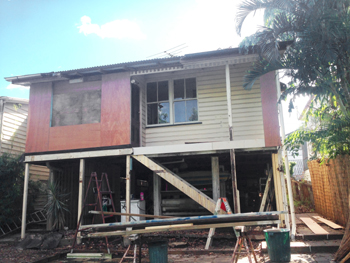
Lifting
Whether it be a traditional Queenslander or post war home, lifting and building-in-under is a great way to double your floor area without sacrificing yard space. House raising is not a simple job: it must be planned thoroughly and you will need structural plans drawn up to get the required council approval. It will take from 2 to 4 weeks to complete, depending on the size of the house. Issues to consider – raising houses also levels them which means that your tiles and jams on your windows and doors can crack, along with fireplaces.
Extending
If you want to add the external fabric we’ll work with you to design and build one or more extensions that seamlessly transition well from the old to the new. This is important if your goal is to “restore” as well as renovate. Homes that maintain the period charm through the extended areas will usually be valued higher than ones where there is an obvious difference.
Further guidelines on what will and won’t be approved by Brisbane City Council can be found at Altering Character Houses.
Roof
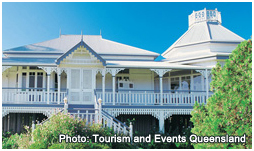
External Walls
Queenslander style homes are timber clad, and these days we recommend inserting insulation on all external walls to help with heating and cooling. Some that have been lifted may have brick or breeze block lower walls, which do clash with the upper levels. We can replace these with timber cladding, or render and paint to match the upper level, depending on budget.
Post war styles saw the emergence of fibro and stucco walls. We recommend replacing fibro with cladding or bricking and rendering.
Windows

Original Queensland houses used window hoods on all external windows that were not protected by verandahs because hoods provided sun protection, privacy and made original joinery weather tight. Hoods are made from metal or timber and usually contain decorative features. Original Queenslanders didn’t have fly screens, but these days there’s a variety of options, including retractable, magnetic and sliding.
Verandas
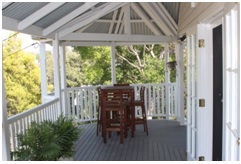
Decks higher than 1 metre off the ground must be enclosed with a balustrade. Staircases which ascend more than 1 metre also require balustrades.
 Flooring
Flooring
Most Queenslander style homes have tongue and groove timber floors in all rooms, except the bathroom which is usually tiled, and sometimes the bedrooms are carpeted. We’ll inspect all the floors to ensure there’s no damage, and try to match existing floor styles in new areas. We can arrange for timber, carpet, vinyl and ceramic floor tiles. Vinyl and ceramic tiled floors must be laid on a completely level surface, and may need extra preparation work.
Walls
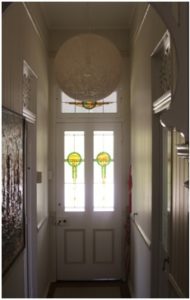
Doors
Traditionally front and rear doors in older homes are solid timber, often with glass or stained glass inserts in the door. Many houses have French double doors leading out to verandas. Internal doors are also timber and often have a pivot fanlight or fretwork panel above. Although we do like to restore original doors if they’re worth keeping, sometimes it’s better to replace them with modern replicas or more functional designs, as long as the overall character of the house is not compromised.
 Ceilings
Ceilings
Traditional Queenslanders have three metre high ceilings which assists with cooling and airflow. Roof ventilators are also used to provide rapid escape of hot air. Ceilings can be constructed from tongue and groove or plaster. Ceiling roses and cornices provide beautiful decorative features.
 Wiring
Wiring
The switchboard and wiring in homes more than 30 years old generally needs to be replaced, as it was never designed to cope with the load of today’s quantity of electric and electronic equipment. Old wires and cables were insulated with rubber, which tends to degrade and crumble away over time. Modern wires are insulated with PVC, which is durable and has low conductivity. Exposed wires can cause regular electrical faults and fires. We work with you to develop a wiring plan that gives you the outlets and lighting where you need them, and a switchboard with safety switches to meet code.
 Plumbing
Plumbing
Older houses were plumbed with galvanised pipe, which tends to corrode and seize up, causing a myriad of plumbing issues, including low water pressure.
Our team can do a full inspection of the drainage plan and existing pipes and look for signs of leakage, rust, cloudy water and mould to determine how much, if any, will need repairing or replacing. You can purchase the drainage plans from your local council which will help assist us in accessing your proposal.
 Decorative Features
Decorative Features
Most older homes were finished with decorative features such as verandah brackets, archways, handrails, barge boards, cornices, fretwork, fireplaces, etc. These are the elements which give them their charm, and yet were often removed during renovations in the latter half of the 20th Century. Thankfully we have built up great relationships with several renovation materials suppliers in Brisbane and can usually find the right pieces to restore your home to its former glory.
If you want to be really authentic, we can show you where to obtain such treasures as bakelight connections, old phones, brass hooks and door furniture – just about anything old. It’s the decorative features which usually add the most value!
Lighting
The original lighting in old homes usually only consisted of pendant lights, with some wall lights. Whilst pendant lights provide original charm, we recommend adding recessed lights and directional lights to task areas. We also recommend installing modern security and garden lighting.
Cabinets and Fixtures
The charm of old houses doesn’t usually extend to kitchens and bathrooms. These are the two areas where complete renovations are required to bring functionality up to meet today’s standards. We recommend installing modern fixtures, but if you wish to maintain the period charm, then shaker or tongue and groove cabinetry with appropriate benchtops and tiling looks very effective.
There are many beautiful kitchen sinks (eg: butler sinks), vanity basins, baths, toilets and tapware available these days to complement period restorations. The choices are endless.
Tiling
Black and white tiles in square and hexagonal patterns look beautiful on bathroom floors if you’re looking for a modern version of period charm. On walls in bathroom and kitchens, the choices are endless, but if you want to retain period charm, then subway tiles are a great choice.


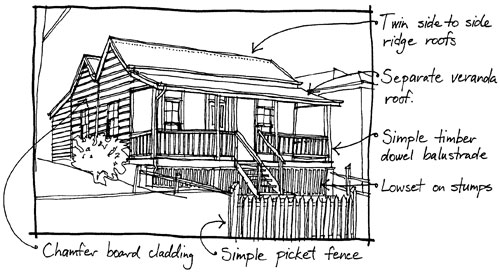
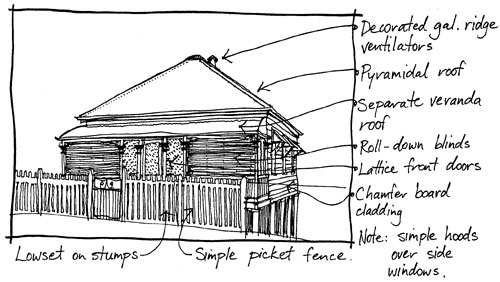

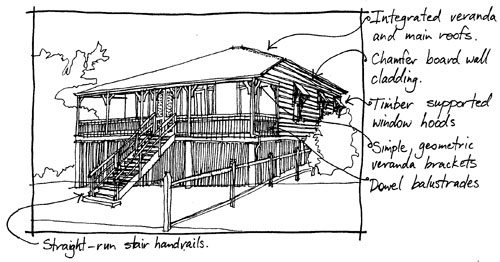
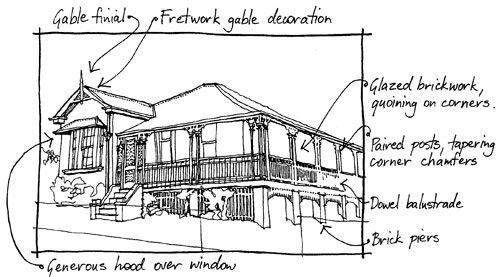
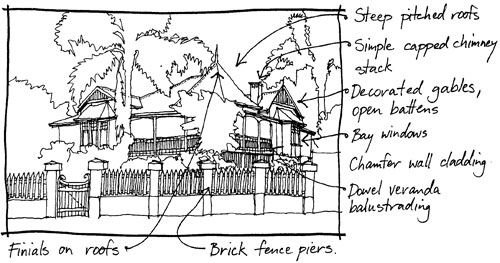
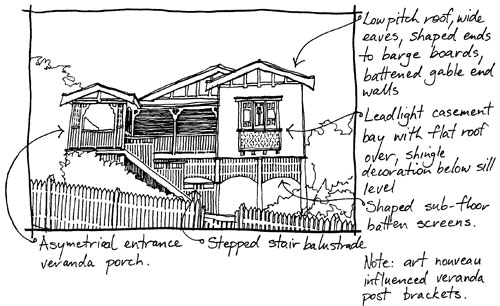
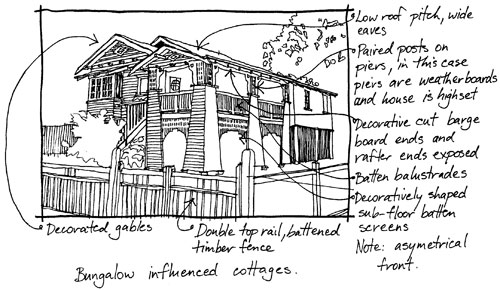
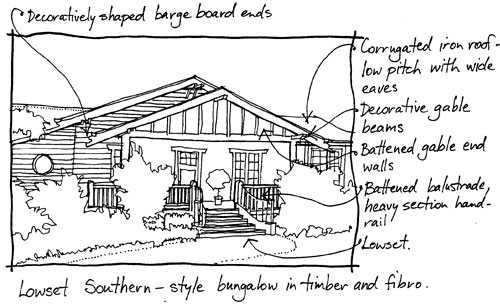
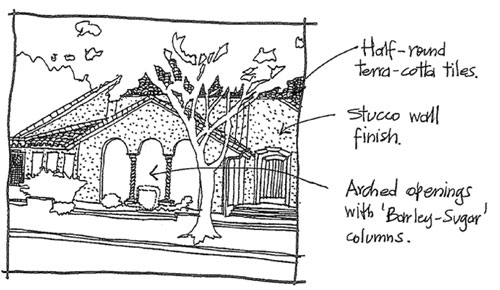
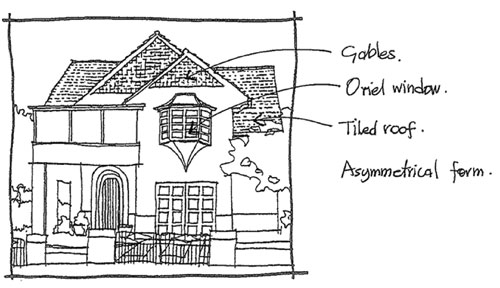
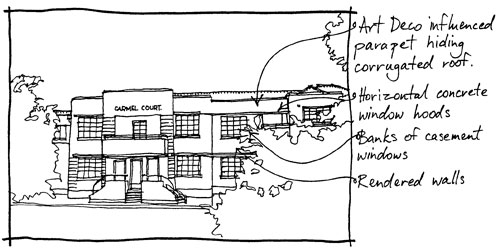
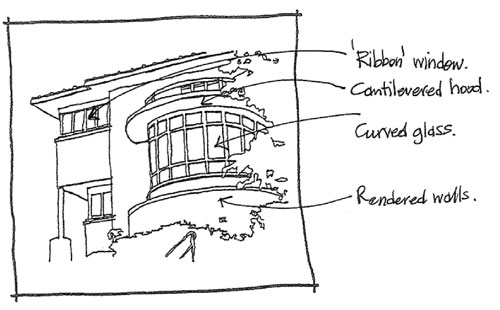
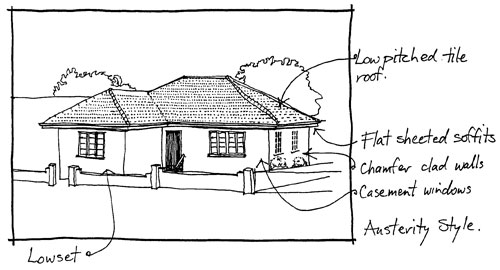
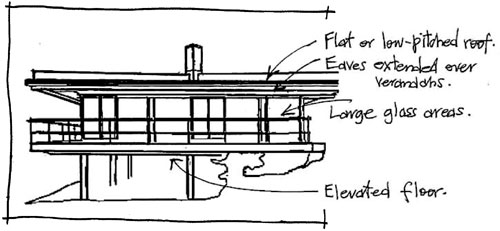
 Flooring
Flooring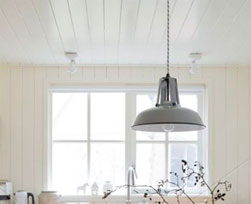 Ceilings
Ceilings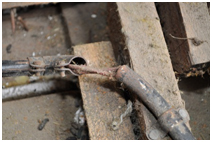 Wiring
Wiring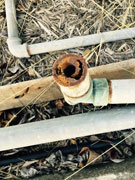 Plumbing
Plumbing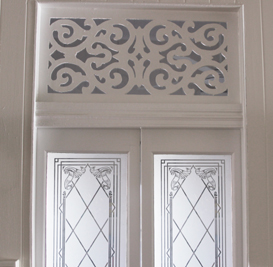 Decorative Features
Decorative Features